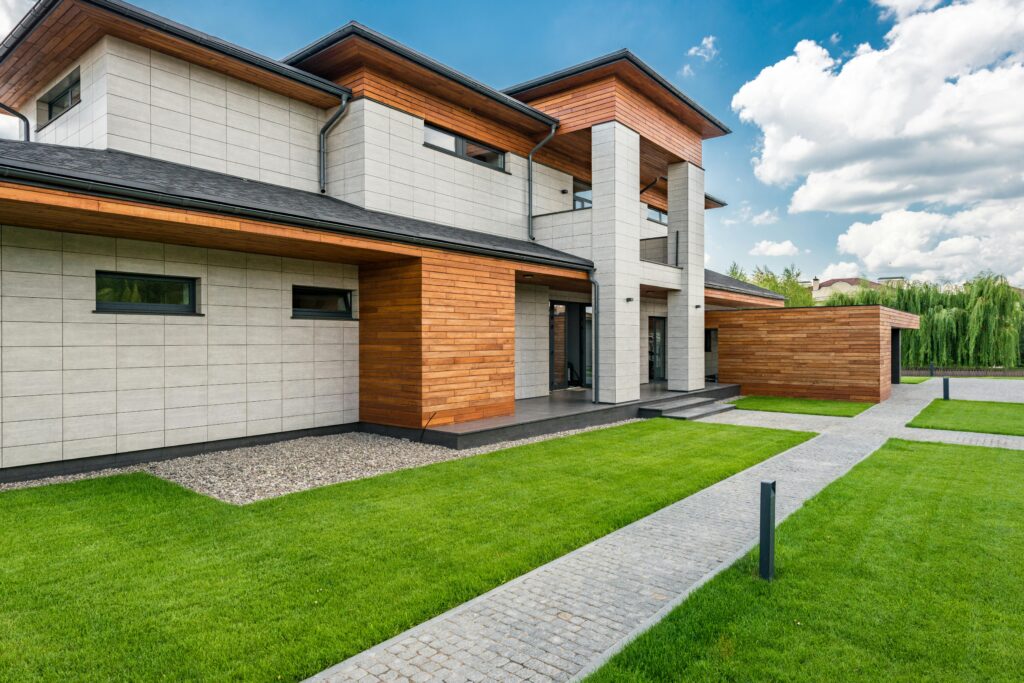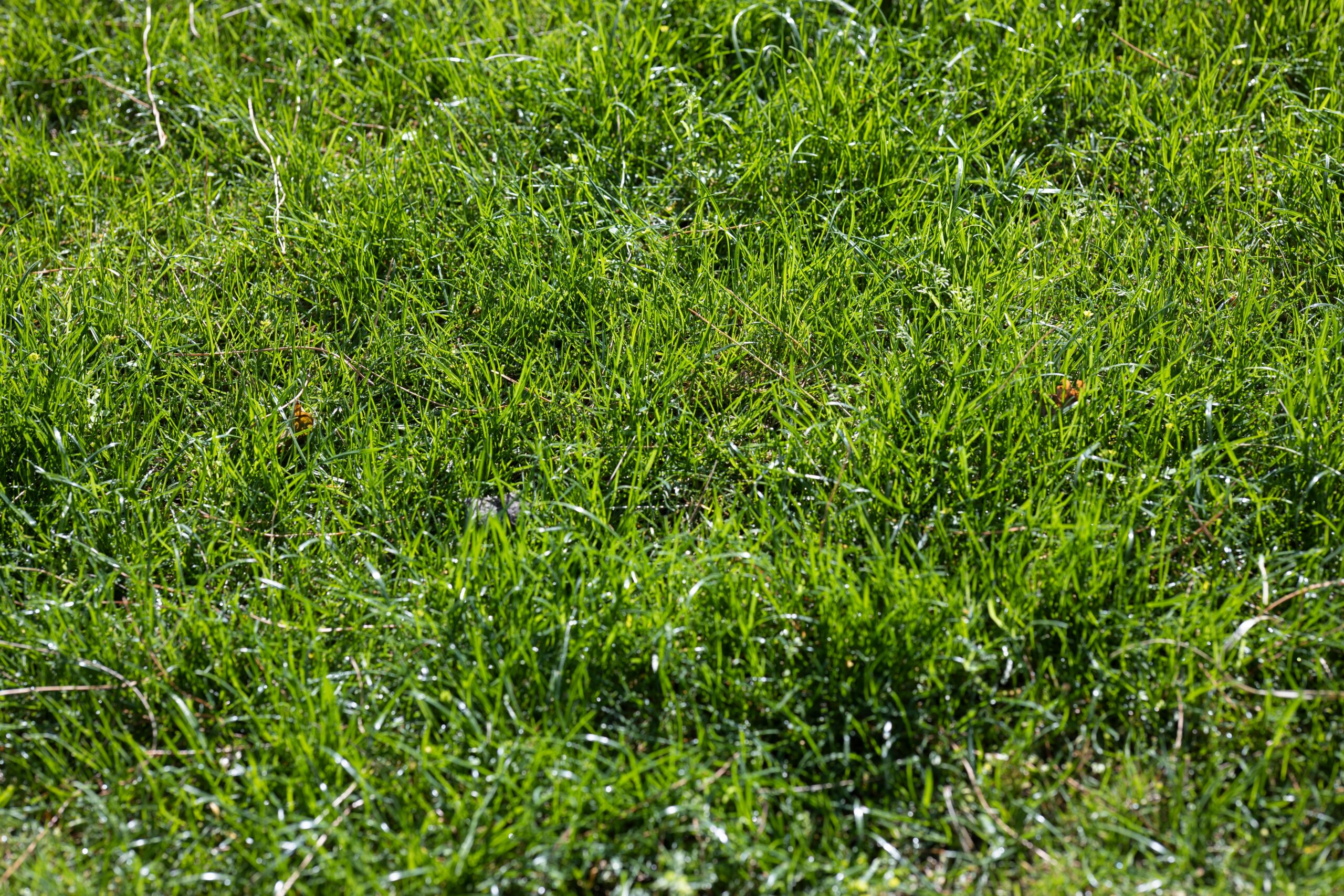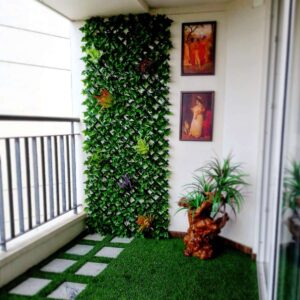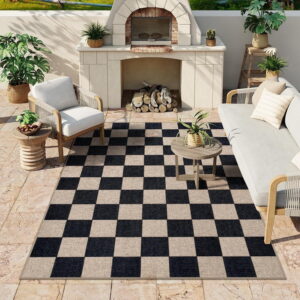Artificial turf continues to be a popular choice for homeowners, sports facilities, and commercial spaces in 2025. It offers numerous benefits, such as low maintenance, durability, and aesthetic appeal. Whether you are looking to upgrade your lawn or create a pristine green space, this guide will help you understand the best practices for artificial turf installation in 2025.

Why Choose Artificial Turf?
Before diving into the installation process, it’s essential to understand why artificial turf is in demand. The advantages of artificial turf are numerous:
- Low Maintenance: Unlike natural grass, artificial turf does not require regular watering, mowing, or fertilizing. It significantly reduces the time and cost associated with lawn care.
- Durability: Artificial turf is designed to withstand heavy foot traffic, making it an excellent choice for high-use areas like sports fields or play areas.
- Environmental Benefits: With no need for pesticides, fertilizers, or excessive water usage, artificial turf helps conserve natural resources and reduces your carbon footprint.
- Aesthetic Appeal: Artificial turf maintains a lush, green appearance year-round, regardless of the weather conditions.
Planning Your Artificial Turf Installation
The first step in achieving the best artificial turf installation in 2025 is careful planning. This stage involves determining the purpose of your turf, the size of the area, and selecting the right type of turf.
- Assessing the Area
Evaluate the space where you intend to install artificial turf. Measure the dimensions carefully to ensure that you purchase enough turf material. Also, consider any obstacles such as trees, bushes, or structures that might affect the installation.
- Determine the Type of Turf
There are various types of artificial turf available in 2025, each suited to specific needs:
- Residential Turf: Soft and comfortable, ideal for front and back yards.
- Sports Turf: Designed for high-performance areas such as sports fields.
- Pet Turf: Features antimicrobial properties and drainage systems to ensure hygiene for pets.
- Landscape Turf: Best suited for commercial properties or ornamental landscaping.
Choose the type of turf that aligns with your needs, ensuring it’s durable enough for the traffic expected in the area.
- Budgeting and Sourcing Materials
Create a budget that includes the cost of turf, sub-base materials, tools, and labor. It’s crucial to source quality turf from reputable suppliers to ensure longevity and performance. Pricing can vary depending on the turf type, installation complexity, and area size.
The Installation Process
Once you have prepared the area and sourced your materials, it’s time to begin the installation. Below are the essential steps involved in the installation process:
- Prepare the Ground
Preparing the ground is crucial to ensure a smooth, level surface for the turf. Start by removing any existing grass, weeds, or debris from the area. You can use a shovel or a sod cutter for larger areas.
Next, level the ground and compact it to eliminate any unevenness. This can be done using a hand tamper or mechanical compactor for larger areas.
- Install the Base Layer
The base layer is a vital component of artificial turf installation, as it helps with drainage and stability. Typically, crushed stone or gravel is used as the base material. Spread a 2-4 inch layer of this material across the entire area and compact it thoroughly.
This step is essential for ensuring proper drainage, as water must be able to flow freely beneath the turf to prevent pooling or mold growth.
- Roll Out the Turf
Once the base layer is ready, unroll the artificial turf and lay it on the prepared surface. Ensure that the turf runs in the same direction, particularly if you have a large installation. This will help maintain a consistent aesthetic.
Trim the edges of the turf using a utility knife to fit the area. Ensure that the seams align properly if you’re working with multiple rolls of turf.
- Secure the Turf
After positioning the turf, secure it in place by using a combination of nails, staples, or turf adhesive, depending on the size and requirements of the installation. For larger areas, it’s advisable to use turf adhesive for a more permanent solution. If you’re installing turf on a smaller scale, you can use nails or staples.
- Apply a Silica Sand Infill
Infill is an essential part of the artificial turf installation process. It helps keep the blades upright and provides additional cushioning. Silica sand is the most commonly used type of infill. Apply a layer of sand evenly across the turf, using a broom to spread it.
- Brush and Final Touches
Once the infill is applied, use a power broom or a stiff-bristle brush to lift the grass fibers and distribute the sand evenly. This will give the turf a more natural appearance and ensure that the fibers stand upright.
Finally, inspect the turf for any loose seams or areas that need additional securing. If necessary, trim the edges for a clean, finished look.
Maintaining Artificial Turf in 2025
One of the main reasons people choose artificial turf is the low maintenance required. However, proper care will ensure that your turf stays in top condition for years to come. Here are a few maintenance tips:
- Regular Cleaning: Brush the turf regularly to prevent the fibers from matting and to maintain its natural appearance. You can also use a leaf blower to remove debris.
- Addressing Stains: If you have pets or children, stains may occur. Clean spills or stains as soon as possible with mild soap and water to prevent discoloration.
- Inspecting for Damage: Periodically check for any signs of wear or damage, especially after heavy use or extreme weather. If any damage is found, make repairs promptly to prevent further issues.
Cost Considerations
The cost of artificial turf installation can vary depending on several factors, including the size of the area, the type of turf, and whether you’re handling the installation yourself or hiring professionals.
In 2025, advancements in turf technology have also made it more affordable and accessible to a wider range of consumers. This means that you can achieve a beautiful, low-maintenance lawn at a competitive price.
Hiring a Professional Installer
While DIY artificial turf installation can be an option for smaller projects, larger or more complex installations may require professional assistance. Hiring a professional installer ensures that the turf is installed correctly, with all necessary steps followed, and can prevent costly mistakes.
Professional installers also offer warranties, which can provide peace of mind regarding the durability and quality of the installation.
Conclusion
The Best Artificial Turf Installation Guide in 2025 outlines the necessary steps and considerations to achieve a beautiful, low-maintenance lawn. From planning and budgeting to choosing the right turf and installing it correctly, each step plays a critical role in ensuring a successful outcome. By following this guide, you can make an informed decision, saving both time and money while achieving a pristine, long-lasting outdoor space.
Investing in artificial turf not only enhances the aesthetics of your space but also reduces the environmental impact and upkeep costs associated with traditional lawns. Whether you’re installing turf for a residential property, sports facility, or commercial space, the Best Artificial Turf Installation Guide in 2025 will equip you with the knowledge to make the right choices and execute a flawless installation.









